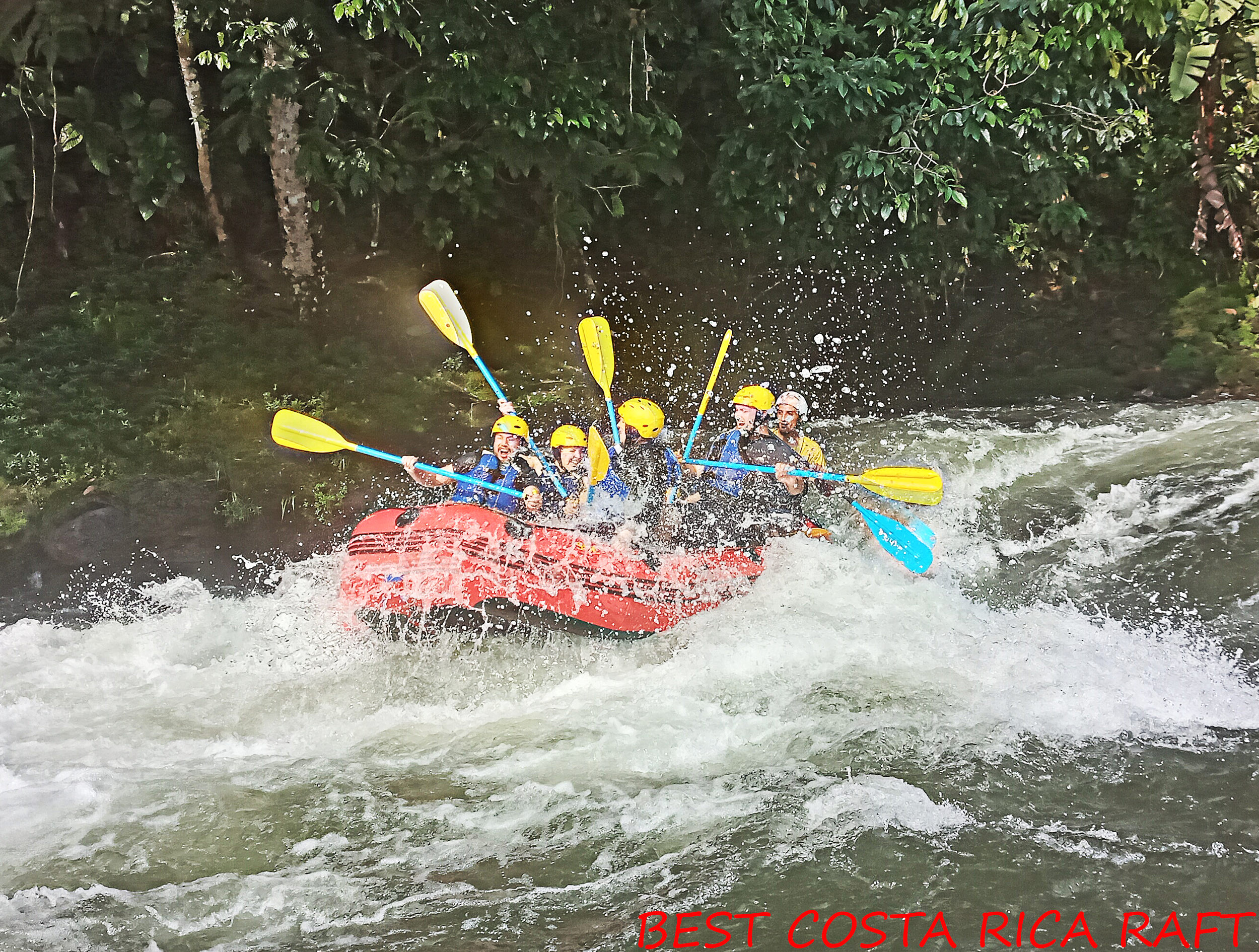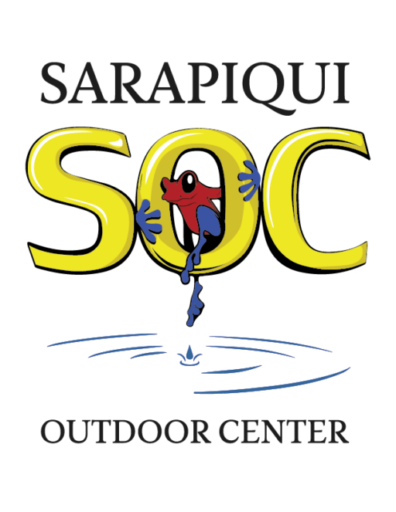
Essentials of River Kayaking
Level 2
The Essentials of River Kayaking course is designed to teach beginner paddlers to safely and enjoyably kayak on gentle rivers.
ABOUT THE COURSE
Course Duration: The course duration should be adjusted to best fit the needs and goals of the
participants. Refer to sample outlines below for content and progression possibilities based on time
allowance. Up to 1 day (8 hours)
Course Location / Venue: Sarapiqui Outdoor Center, Sarapiqui river moving water on rivers up to and including class I sections.
Course Prerequisites: None
Instructors: ACA Level 3 Rafting - Paddle Instructor (Or higher)
Class Ratio: 5 Participants : 1 Instructor; with an additional instructor or qualified assistant the ratio can be 10 : 2
SCHEDULE
08:00 am
Monday to Sunday
* Please contact us if you wish to request another departure, everything is possible, just ask us.
PRICES
From $100USD
PER DAY
INCLUDES
-All equipment
-ACA Instructor certified
-Fruit snack
-Home made local style lunch
-Transportation from our base to and from the paddling site
WHAT TO BRING
We recommend bringing:
- Swimsuit and/or shorts
- Sunscreen
- String or strap to secure your glasses
- Water shoes or sandals with ankle straps. No flip flops. Closed toe shoes recommended.
- Light rain jacket and/or polypropylene, wool shirts for cool or rainy days. Cotton T-shirts for sunny days only (they make you colder when wet).
CONTENTS
-
● Welcome, introductions, paperwork
● Student & instructor course expectations and limitations
● Course itinerary & site logistics
● Review waiver, assumption of risk, challenge by choice, medical disclosure
● About the ACA
● PFD policy (always wear on water)
● Appropriate personal behavior
● No alcohol / substance abuse
● Proper etiquette on & off the water
● Respect private property
● Practice Leave No Trace ethics -
● Wind
● Waves
● Weather
● Water -
● Personal ability
● Swimming ability
● Water comfort & confidence
● Fitness, conditioning, and warm up
● Safe paddle and boat handling
● Safety and rescue considerations
● Personal equipment (reviewed by Instructor)
● Judgment. In addition to learning hard skills, the importance of developing personal
judgment and group responsibility increases on more difficult paddling venues. -
● Warm-up and stretching
● How to pick up a kayak safely
● Car topping: loading and unloading, racks, straps
● Launching and landing
● Boarding, three points of contact, weight kept low, etc.
● Posture, safety, comfort, effectiveness, rocking, balance
● Water comfort and confidence
● Wet exits1 in two ways: (1) utilizing the sprayskirt grab loop and (2) releasing
the skirt off the hip
● How to empty a kayak
● Basic Terminology
● Types of strokes: power, turning
● Stroke components: catch, propulsion, recovery (CPR), control, correction
● Safe and effective body usage -
● Life Jackets (PFDs): types, fit
● Kayaks: types, materials, parts (including safety features such as flotation)
● Paddles: types, materials, parts, length, blade size & shape, hand position.
● Spray skirts: types and material, grab loop!1
● Care of equipment
● Personal equipment: water, food, shoes, hat, sunscreen, bug repellent, sun glasses,
eyeglass straps, protective clothing for heat or cold, sponge, bailer/pump, whistle, knife,
light
● Optional equipment and outfitting -
● Current (cfs), volume, direction, and changes caused by streambed features
-
● Exercising judgment, safety as a state of mind.
● Principles of Rescue
◦ Priorities: first people, then boats, finally other gear
◦ Responsibilities of the victim
◦ Responsibilities of the rescuers
◦ Responsibilities of the group
● Types of Rescue
◦ Self Rescue
◦ Boat assisted rescue, towing or bulldozing a tired swimmer, towing or bulldozing a
capsized boat
◦ Shoreline Rescue: Extension rescues, use of throw ropes/bags -
● J-lean / Heeling the boat
● Paddling in a reasonably straight line.
● Spins
● Stopping
● Ferries
● Eddy Turns
● Peel Outs
● Moving Abeam -
● Forward
● Back (stopping)
● Draw
● Sculling draw
● Sweep (including Stern Draw)
● Reverse Sweep
● Rudder
● Low Brace -
● Self Rescue
● Swimming in current
● Boat Emptying
● Assisted Rescue
● From shore
◦ Extension
◦ Rescue ropes
● From boat
◦ Bulldozing
◦ Towing -
● Group debrief / Individual feedback
● Course limitations
● Importance of First Aid & CPR
● Importance of additional instruction, practice, experience
● Importance of appropriate level of safety & rescue training
● Demo advanced maneuvers
● Life sport / Paddling options
● Local paddling groups / Clubs
● Handouts / Reference materials
● ACA Membership forms
● Course evaluation
● Participation cards
Eligibility and evaluation
-
ACA courses are open to all individuals who acknowledge the ability to perform thefollowing essential eligibility criteria
1. Breathe independently (i.e., not require medical devices to sustain breathing).
2. Independently maintain sealed airway passages while under water.
3. Independently hold head upright without neck / head support.
4. Manage personal care independently or with assistance of a companion.
5. Manage personal mobility independently or with a reasonable amount of assistance.
6. Follow instructions and effectively communicate independently or with assistance of acompanion.
7. Independently turn from face-down to face-up and remain floating face upwhile wearing a properly fitted life jacket*.
8. Get on / off or in / out of a paddlecraft independently or with a reasonable amount of assistance*
9. Independently get out and from under a capsized paddlecraft*
10. Remount or reenter the paddlecraft following deep water capsizein dependently or with a reasonable amount of assistance*.
11. Maintain a safe body position while attempting skills, activities and rescues listed in the appropriate Course Outline, and have the ability to recognize and identify to others when such efforts would be unsafe given your personal situation.

